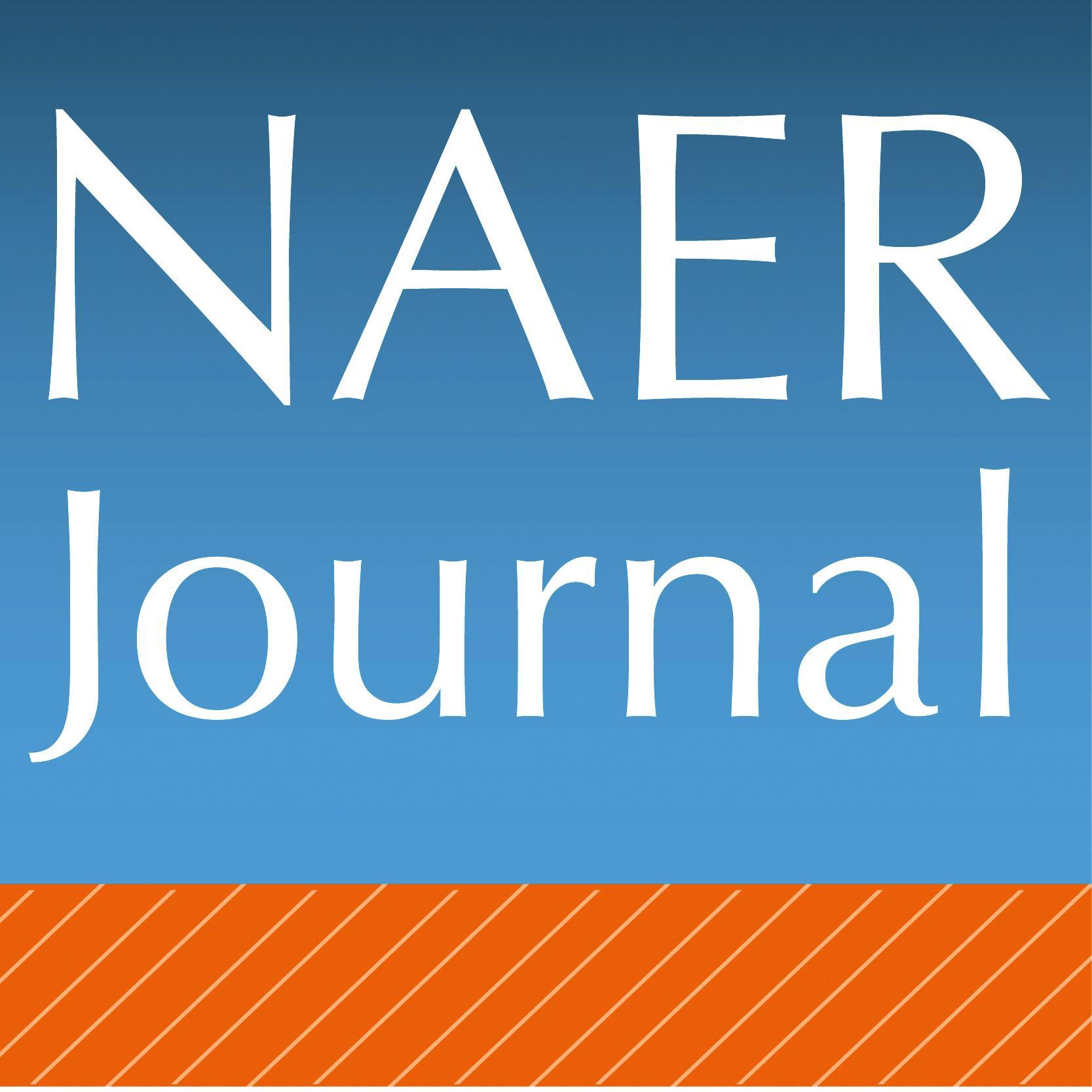Percepción del profesorado sobre la integración de la tecnología en el espacio escolar
Resumen
La definición de las características de un espacio de aprendizaje nos sitúa frente a la existencia de tres dimensiones de análisis clave para su diseño conceptual: la dimensión ambiental, la dimensión pedagógica y la dimensión digital (Bautista y Borges, 2013). El artículo muestra los resultados de una investigación que tiene por objetivo analizar los conocimientos, preferencias, percepciones y necesidades del profesorado respecto a la configuración del aula como espacio de aprendizaje, concretamente en relación a la dimensión digital. Para ello se realizó un estudio cuantitativo mediante el método de encuesta a una muestra de 847 docentes de educación infantil, primaria y secundaria. Los resultados obtenidos muestran que los docentes perciben que la dimensión digital debería ser uno de los elementos clave para plantear nuevos espacios de aprendizaje en las escuelas.
Descargas
-
Resumen3542
-
PDF2144
-
Infografía116
Citas
Bannister, D. (2017). Pautas para estudiar y adaptar los espacios de aprendizaje en centros educativos. Brussels: European Schoolnet. Retrieved from https://intef.es/wp-content/uploads/2018/09/EspaciosdeAprendizaje_Gu%C3%ADa_ES.pdf
Bautista, G. y Borges, F. (2013). Smart classrooms: Innovation in formal learning spaces to transform learning experiences. Bulletin of the Technical Committee on Learning Technology, 15(3), 18–21. Retrieved from http://lttf.ieee.org/issues/july2013/Bautista.pdf
Bautista, G. (2010). Analysis of didactic ICT integration in the Swedish educational context from a Learning Design Sequences (LDS) model perspective: case study in schools with advanced integration of technology. En actas del congreso ECER2010.
Bautista, G., Escofet, A., Forés, A., López, M., & Marimon, M. (2013). Superando el concepto de nativo digital. Análisis de las prácticas digitales del estudiantado universitario. Digital Education Review, 24, 1-22.
Barrett, P. y Zhang, Y. (2009). Optimal learning spaces: design implications for primary schools. SCRI Research Report. Retrieved from http://usir.salford.ac.uk/18471/
Barrett, P., Zhang, Y., Moffat, J., & Kobbacy, K. (2013). A holistic, multi-level analysis identifying the impact of classroom design on pupils’ learning. Building and environment, 59, 678-689.
Barrett, P., Davies, F., Zhang, Y., & Barrett, L. (2017). The Holistic Impact of Classroom Spaces on Learning in Specific Subjects. Environment and Behavior, 49(4), 425-451. https://doi.org/10.1177/0013916516648735
Bogart, W. Van De, & Wichadee, S. (2016). Students’ Perceived Effectiveness of Educational Technologies and Motivation in Smart Classroom. TEM JOURNAL-TECHNOLOGY. Retrieved from https://www.ceeol.com/content-files/document-461604.pdf
Byers, T., Imms, W., & Hartnell-Young, E. (2014). Making the case for space: The effect of learning spaces on teaching and learning. Curriculum and Teaching, 29(1), 5-19.
Byers, T., Hartnell-Young, E., & Imms, W. (2016). Empirical evaluation of different classroom spaces on students’ perceptions of the use and effectiveness of 1‐to‐1 technology. British Journal of Educational Technology. https://doi.org/10.1111/BJET.12518
Byers, T., Hartnell-Young, E., & Imms, W. (2018). Empirical evaluation of different classroom spaces on students' perceptions of the use and effectiveness of 1‐to‐1 technology. British Journal of Educational Technology, 49(1), 153-164.
Cantero, J. M. M. (2017). Attraction factors into space as a required element of physical learning environment. A review. New Trends and Issues Proceedings on Humanities and Social Sciences, 2(1), 130-136
Céspedes, R. & Ballesta, J. (2018). Acceso, uso y actitud de la tecnología en las escuelas de Educación Primaria en la Región de Murcia. Aula Abierta, 47(3), 355-364. Retrieved from: https://doi.org/10.17811/rifie.47.3.2018.355-364
Cuban, L. (2004). Whatever happened to the open classroom: Were schools without walls just another fad. Education Next, 2, 68-71.
Cuban, L. (2010). Perinnieal dilemmas policymakers and practitioners face in the adoption and classroom use of ICT: the U.S. experience. Barcelona: Fundación Jaume Bofill i Universitat Oberta de Catalunya.
Dumont, H.; Istance, D., Benavides, F. (Eds.) (2010). The nature of learning using research to inspire practice: Using research to inspire practice. Paris: OECD publishing.
European Commission (2013). Survey of Schools: ICT in Education. Benchmarking Access, Use and Attitudes to Technology in Europe’s Schools. Luxembourg: Publications Office of the European Union. DOI: 10.2759/944997.
European Commission (2019). 2nd Survey of Schools: ICT in Education. Objective 1: Benchmark progress in ICT in schools. Luxembourg: Publications Office of the European Union. DOI: 10.2759/23401.
Groff, J. (2013). Technology-rich Innovative Learning Environments. Retrieved from http://www.oecd.org/edu/ceri/Technology-Rich Innovative Learning Environments by Jennifer Groff.pdf
Gros, B. (2010). El ordenador invisible: hacia la apropiación del ordenador en la enseñanza. Barcelona: Gedisa.
Hernandez Sampieri, R. y Pilar, L. (2006). Metodología de la investigación. McGrawHill: México.
Istance, D., Salgado, M. M., & Shadoian-Gersing, V. (2013). Innovative learning environments. Educational Research and Innovation. Paris: OECD Publising.
Könings, K. D., & McKenney, S. (2017). Participatory design of (built) learning environments. European Journal of Education, 52(3), 247-252. https://doi.org/10.1111/ejed.12232
Long, P. D., & Ehrmann, S. C. (2005). Future of the learning space: Breaking out of the box. EDUCAUSE review, 40(4), 42-58.
Marcelo, C. (2013). Las tecnologías para la innovación y la práctica docente. Revista Brasileira de Educação, 18(52), 25-47.
Mathews, E. y Lippman, P.C. (2015). Allowing for the Spaces In Between: The Role of Physical Environment in Early Childhood Education. Unpublished.
Muñoz, J.M.; García, R. y López-Chao, V. (2016). Influence of Physical Learning Environment in Student’s Behavior and Social Relations. Anthropologist, 25(3), 249-253.
Oblinger D, Lippincott J. 2006. Learning spaces (c2006. 1 v). Boulder (CO): EDUCAUSE
OCDE (2013). Innovative Learning Environments. Educational Research and Innovation. Paris: OECD Publishing.
Pingxiao, W. (2016). Research on the english teaching and autonomous learning based on multimedia platform and smart classroom system, 10(9), 373–384. https://doi.org/10.14257/ijsh.2016.10.9.34
Tyack, D. & Tobin, W. (1994). The “Grammar” of schooling: Why Has it Been so Hard to Change? American Educational Research Journal, 31(3), 453-480.
Wall, G. (2016). Flexible Learning Spaces: The impact of physical design on student outcomes. New Zealand: Ministry of education. Retrieved from www.educationcounts.edcentre.govt.nz
Aquellos autores que tengan publicaciones con esta revista aceptan los términos siguientes :
-
Los autores conservarán sus derechos de autor y garantizarán a la revista el derecho de primera publicación de su obra, el cuál estará simultáneamente sujeto a la Licencia Creative Commons Atribución no comercial compartir por igual 4.0 Internacional que permite compartir, copiar y redistribuir el material en cualquier medio o formato y adaptar, remezclar, transformar y construir sobre el material en los siguientes términos:
Reconocimiento - Debe dar el crédito apropiado, proporcionar un enlace a la licencia, e indicar si se han realizado cambios. Puede hacerlo de cualquier manera razonable, pero no de una manera que sugiere que el licenciante o su uso hace suya. No comercial - No puede utilizar el material con fines comerciales. Compartir bajo la misma - Si remezcla, transformar o crear sobre el material, se debe distribuir sus contribuciones bajo la misma licencia que el original. -
Los autores podrán adoptar otros acuerdos de licencia no exclusiva de distribución de la versión de la obra publicada (p. ej.: depositarla en un archivo telemático institucional o publicarla en un volumen monográfico) siempre que se indique la publicación inicial en esta revista.
-
Se permite y recomienda a los autores difundir su obra a través de Internet (p. ej.: en archivos telemáticos institucionales o en su página web) antes y durante el proceso de envío, lo cual puede producir intercambios interesantes y aumentar las citas de la obra publicada. (Véase El efecto del acceso abierto).
-
En cualquier caso, el Equipo Editorial entiende que las opiniones vertidas por los autores son de su exclusiva responsabilidad.
















